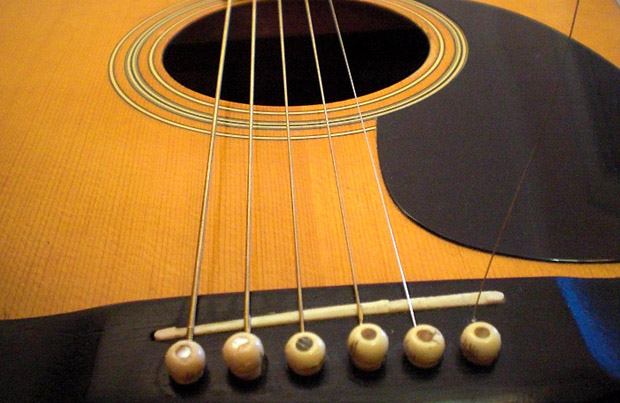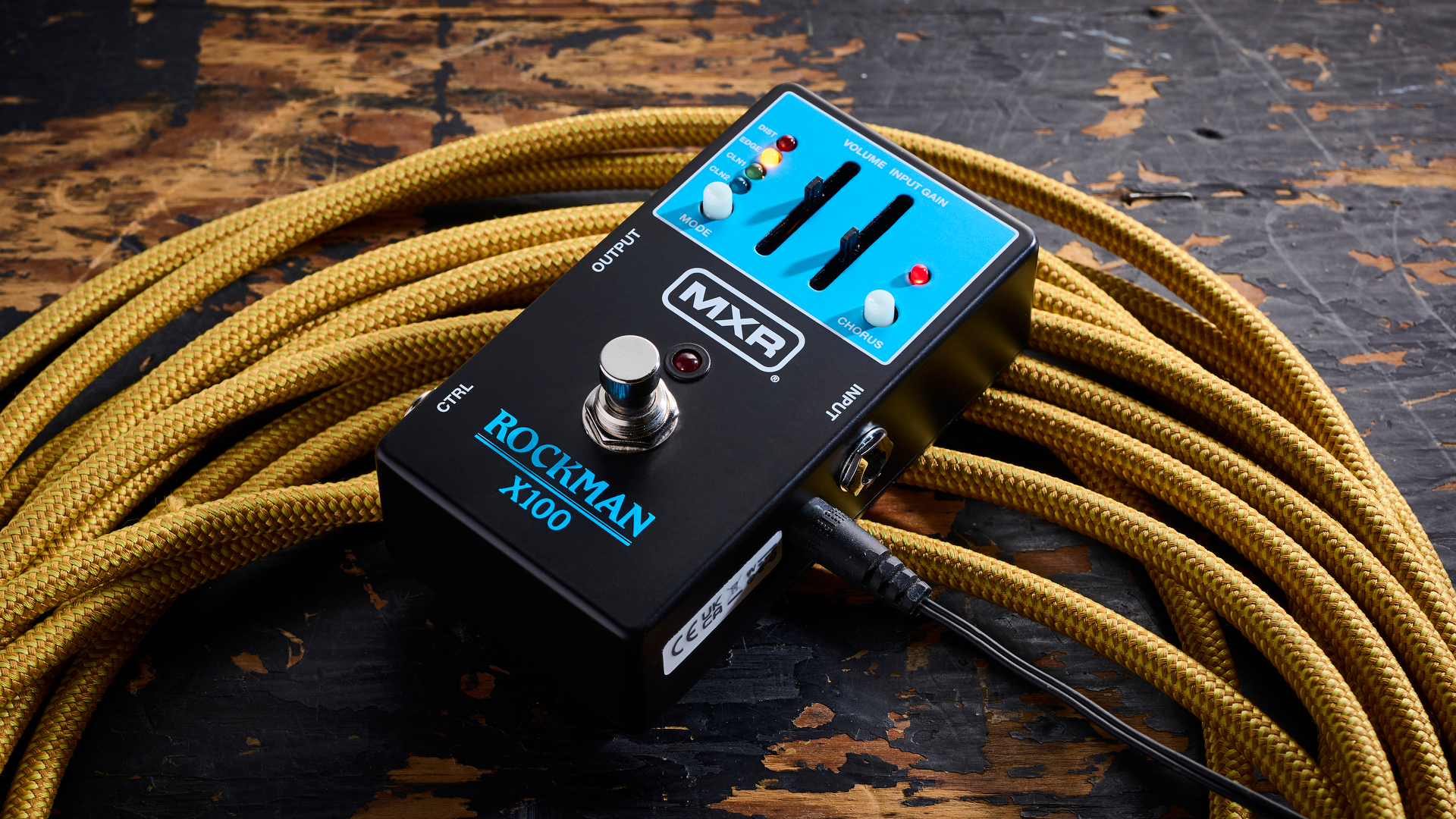A Missing String Leads to New Things

A new set of strings on an old guitar. Usually this is the sort of experience that rejuvenates and breathes new life into a dull and waning sound. I wouldn’t necessarily think of strings as the heart of a guitar. The stretched lengths of bronze and steel resemble arteries or veins, circulating vibrations of life.
On this particular day I found that my package of Martin light gauge bronze strings was an incomplete set. Imagine my delight upon finding only five of six were present (ha!). Of course it had to be after I had already pruned the decrepit old strings. Intuition suggests that I had actually pilfered the missing string when I was still in college and in quick need of a high E. Looks like Martin has avoided a lawsuit this time!
Now I am no jazz musician, despite my best efforts courting the ii-V-I progression. But I still value the principal technique that the genre espouses: improvisation. I like to think it means more than just playing the same group of notes in a new order. So I decided to make the best of the situation and find a use for a five-string guitar. If Keif did it, why not me?
I have flirted with open tunings in the past. Variations of open D, open G, and some rather pleasant deviations inspired by Nick Drake. But this time around I tried just tuning each string with my ear and my gut, leaving their incessant cousin brain out of it.
DABF#B is the tuning I settled on. But I didn’t know this for several days. I didn’t even try to figure it out. When strummed the open strings produced a deep, ringing sound reminiscent of a large bell and its rich overtones. It spells a D6, which has a rather gentle dissonance. The double B strings provide for easily playing single note, octave melodies, as well as using a slide.
The immediate appeal of open tunings is the new voicings the player can create, which can be a facelift for tired chord progressions. But I find that using a less conventional tuning also forces me out of my comfort zone. The result is that I think more about my playing, and avoid the familiar shapes and patterns.
I believe that musicians should be flexible and unafraid to expand their repertoire. There is no reason that your tunings cannot be equally malleable. Since so many guitarists simply adapt to a predetermined standard without question, I would recommend you try taking the reverse approach. Especially if you feel they have reached the ‘plateau’ of which so many lament. Consider making the instrument change to suit your style of play.
All the latest guitar news, interviews, lessons, reviews, deals and more, direct to your inbox!
And if you find yourself running in circles, change your path again.
Alex Mitroff seeks to explore the dimensions of guitar playing, timbre, and the creative process.
